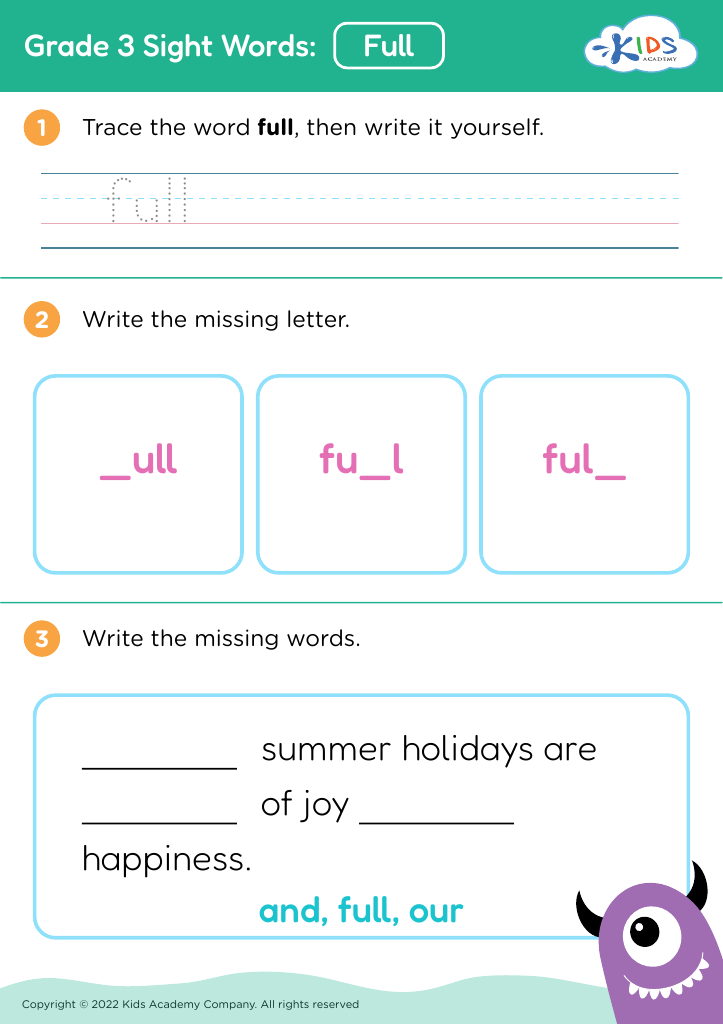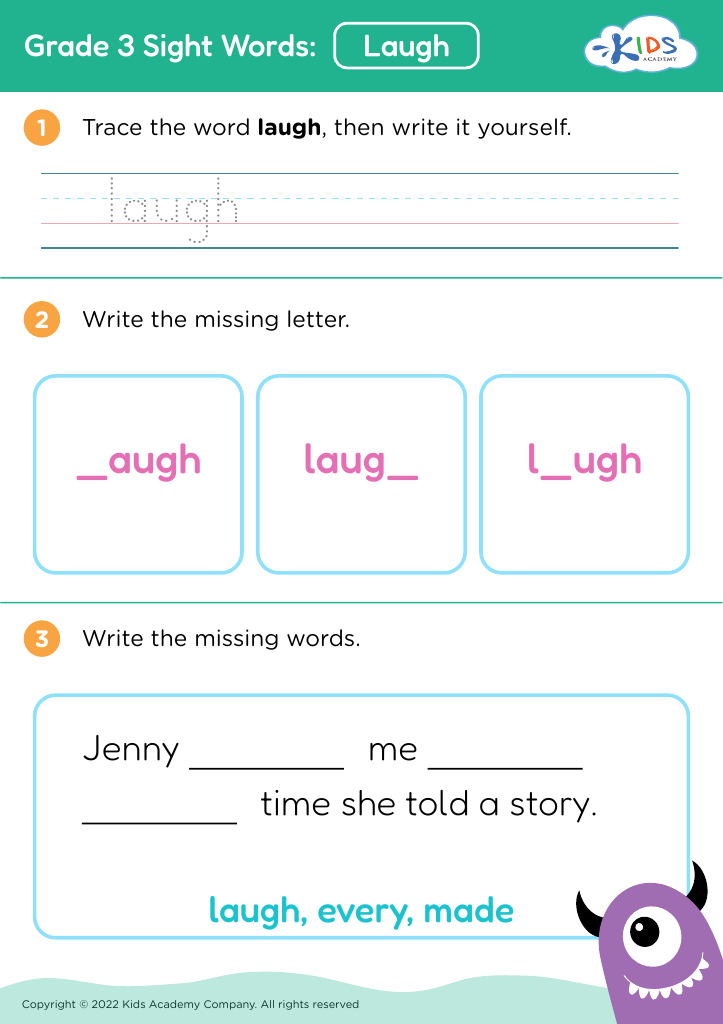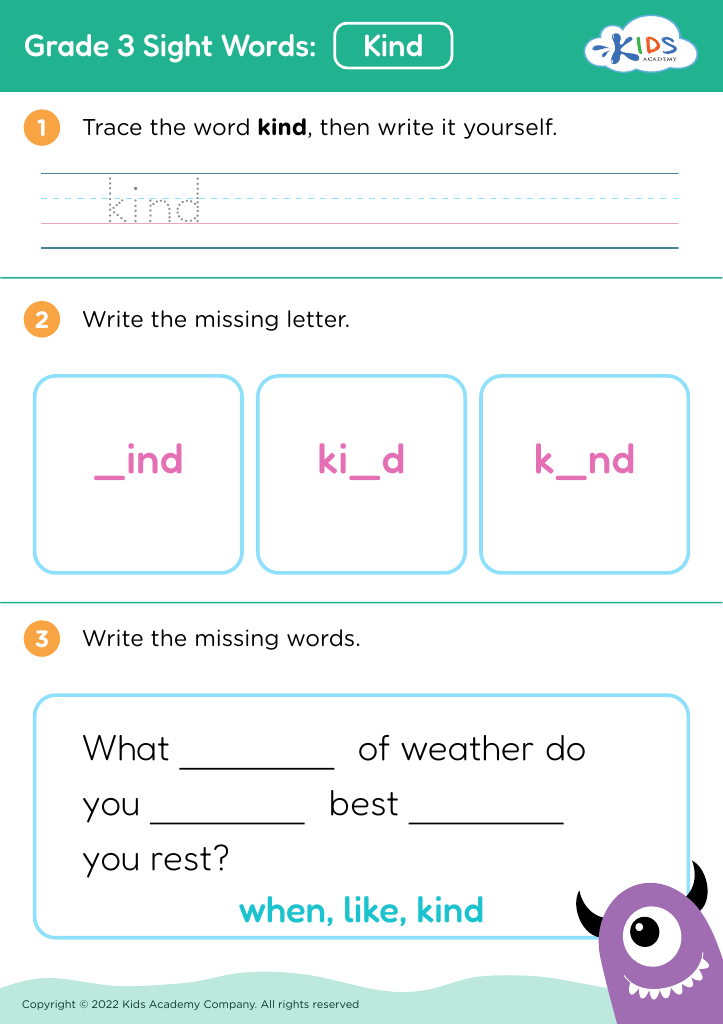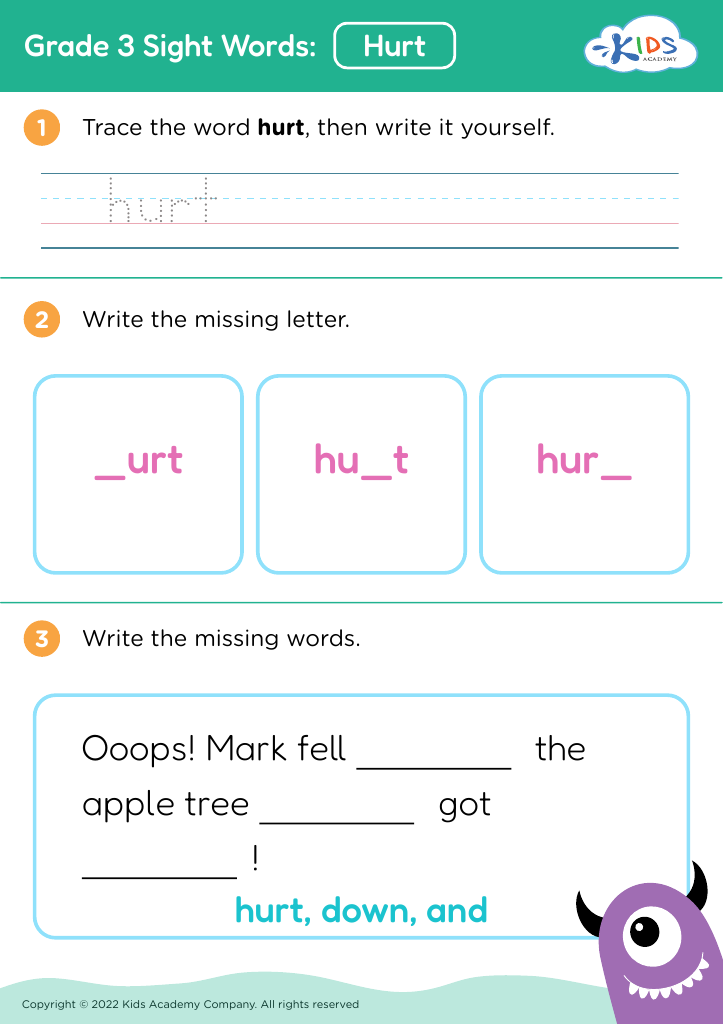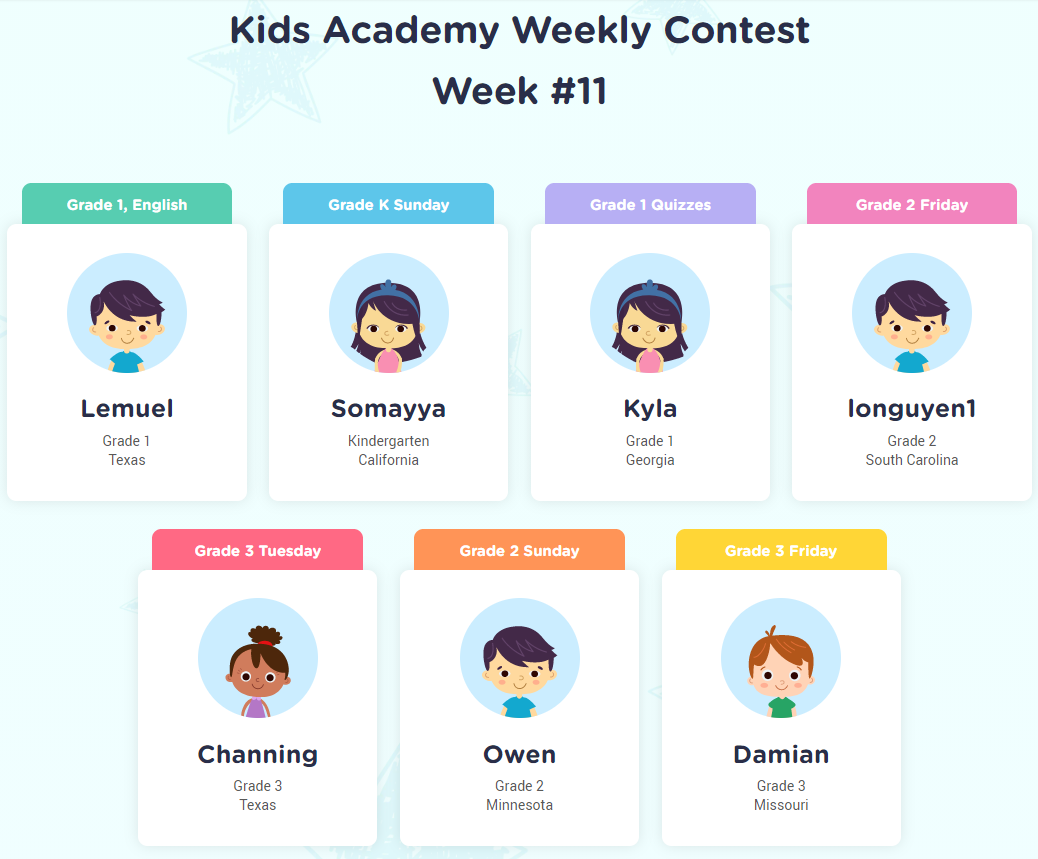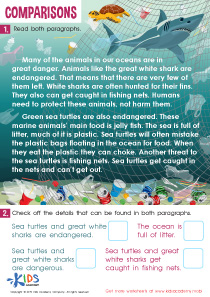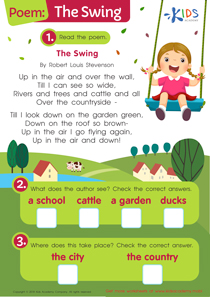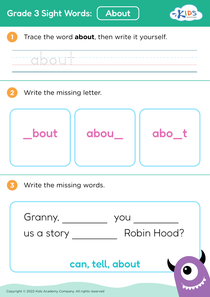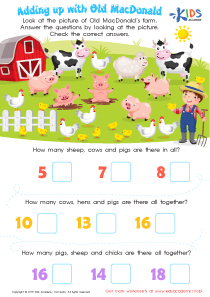Number Recognition Grade 3 Reading Worksheets
8 filtered results
-
From - To
Enhance your third grader's math and reading skills with our engaging Number Recognition worksheets. Designed specifically for Grade 3 students, these printable resources combine interactive exercises and colorful visuals to make learning fun. Our worksheets focus on helping children recognize and understand numbers in various contexts, perfect for reinforcing foundational math skills while integrating reading comprehension. Parents and educators will appreciate the easy-to-follow layouts and diverse activities that aim to boost confidence in both arithmetic and literacy. Explore our collection today to support your child's learning journey and help them excel in school!
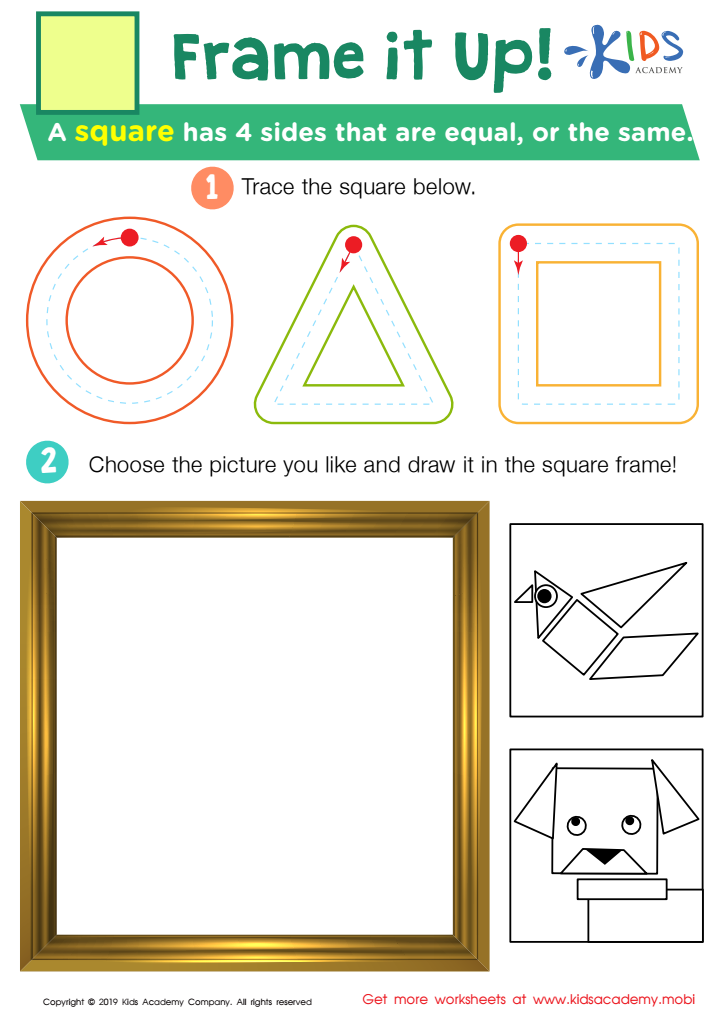

Frame it Up Worksheet
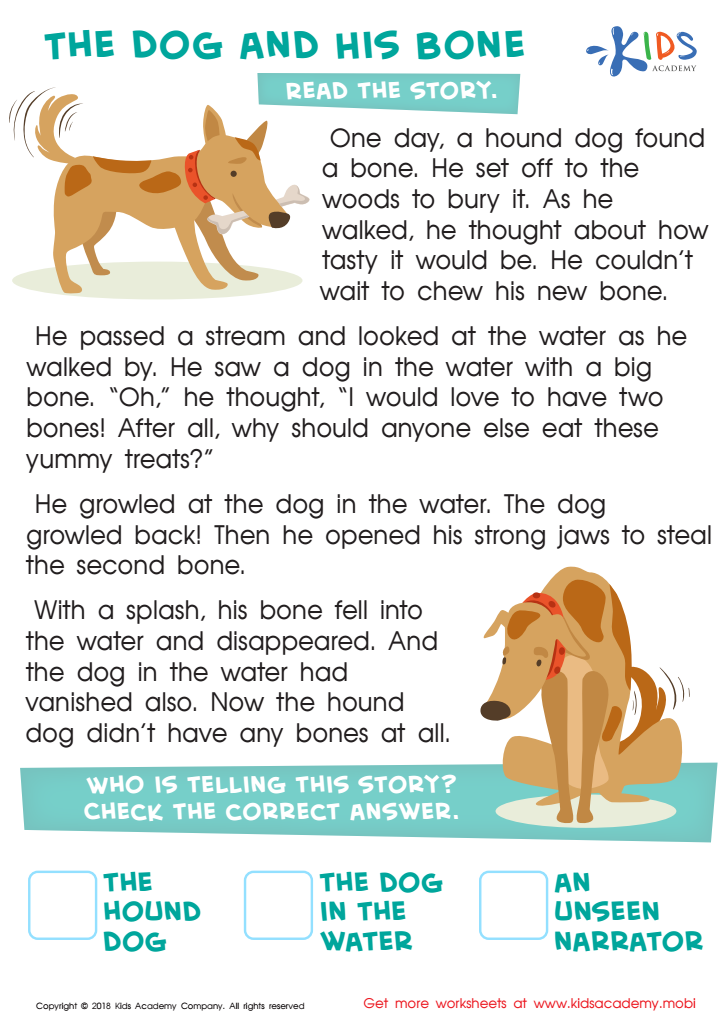

The Dog and His Bone Worksheet


Adding Up with Old MacDonald Worksheet
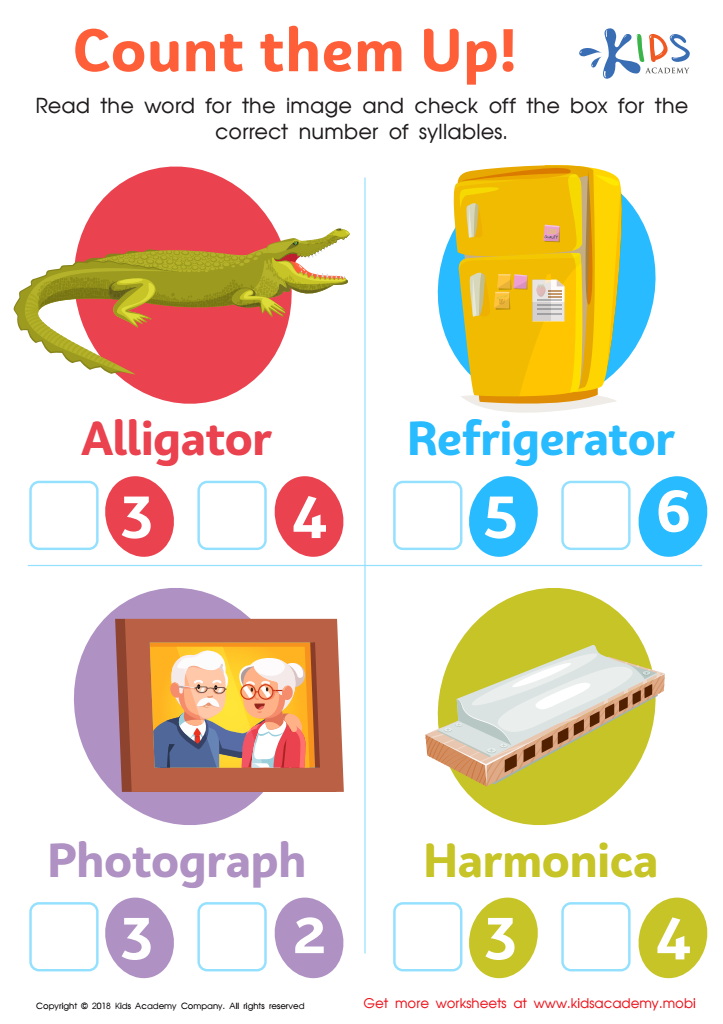

Count Them Up Worksheet
Number recognition is crucial for third graders for several reasons. First, it forms the foundation for more complex mathematical concepts they will encounter in higher grades. When students can easily identify numbers, they build confidence in their mathematical abilities, which fosters a positive attitude towards learning. This self-assurance is vital as they move toward more abstract mathematical ideas like multiplication, division, and fractions.
Secondly, effective number recognition enhances problem-solving skills. With a solid grasp of numbers, students can more readily engage in critical thinking and apply their knowledge to real-world situations. They are better prepared to tackle word problems, which require them to interpret text while simultaneously managing numerical data.
Moreover, number recognition links directly to overall academic performance. Research shows that early math skills correlate strongly with later success in both mathematics and reading. Engaging with numerals and related concepts helps students make connections across subjects, promoting a comprehensive understanding of their educational environment.
In summary, fostering number recognition at this stage not only supports arithmetic proficiency but also nurtures critical thinking, boosts academic self-efficacy, and prepares students for future learning challenges. Parents and teachers play vital roles in facilitating this skill, ensuring students thrive academically.
 Assign to My Students
Assign to My Students

